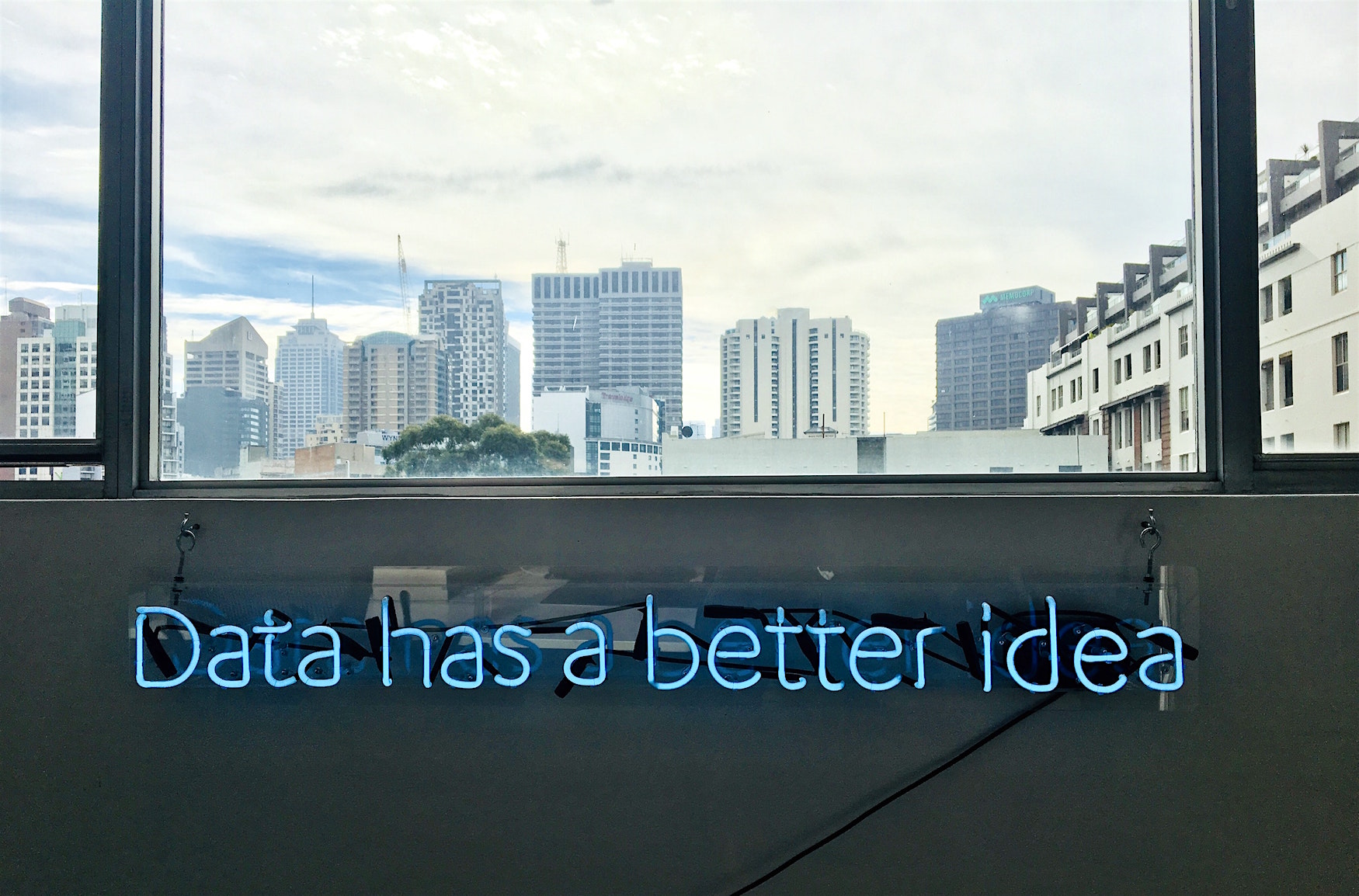Toolbox for researchers - release one: self-organization and data visualization
Today we are opening a new section in which we will talk about the most popular and accessible services, libraries and utilities for students, scientists and specialists.
In the first issue we will talk about the basic approaches that will help work more efficiently, and the corresponding SaaS-services. More - share tools for data visualization.

Chris Liverani / Unsplash
')
Method "Tomato" . This is a time management technique. It is designed to make your activity more productive and more pleasant in terms of labor costs. In the late eighties, he was formulated by Francesco Cirillo. And for several decades now he has been advising companies and helping people work more efficiently. The essence of the technology is as follows. To solve a task from your to-do list, fixed time periods are given, alternating with short breaks. For example, 25 minutes to work and 5 minutes to rest. And so several times or “tomatoes” before the task is completed (it is important not to forget to take a longer break for 15-30 minutes after four such cycles in a row.
This approach allows you to achieve maximum concentration and not to forget about the breaks that are so necessary for our body. Of course, for such a simple way of organizing time, a huge number of applications have been developed. We picked up some interesting options:
GTD . This is the approach that David Allen suggested. His 2001 book of the same name received the title of “the best business book of the decade” according to Time, as well as positive reviews from many publications and tens of thousands of readers. The basic idea is to transfer all the planned cases to an “external carrier” in order to free yourself from having to memorize everything. Task lists should be divided into groups: by place of implementation - home / office; by urgency - now / in a week; and on projects. For a quick study of GTD there is a good tutorial .
Like the "Tomato" method, the GTD technique does not require any specific tools by default. Moreover, not all application developers are willing to pay for the right to associate their product with this technique. Therefore, here it makes sense to focus on those to-do-managers who seem personally to you the most convenient and suitable for solving problems. Here are some of the most popular applications: Todoist , Any.do and Taskade (each of them offers a free version and paid use of additional features).
Mindmapping . In one form or another, there is evidence of the use of the graphical method of categorizing information as early as the 3rd century AD. er Modern approaches to the construction of "mental maps" were outlined in the late 50s and early 60s of the last century. Mainmepping software is suitable for quick description of ideas and simple concepts. Let's give a couple of examples:

Franki Chamaki / Unsplash
Data visualization . We continue the topic and move from services to visualize ideas and concepts in the direction of more complex tasks: building diagrams, graphs of functions and others. Here are some examples of tools that may be useful:
PS The first release of our toolbox, we decided to start with enough basic tools to allow everyone to dive into the topic without too much difficulty. In the next issues we will discuss other topics: we will talk about working with data banks, text editors and tools for working with sources.
Photo excursions in the laboratories of the ITMO University:
In the first issue we will talk about the basic approaches that will help work more efficiently, and the corresponding SaaS-services. More - share tools for data visualization.

Chris Liverani / Unsplash
')
Method "Tomato" . This is a time management technique. It is designed to make your activity more productive and more pleasant in terms of labor costs. In the late eighties, he was formulated by Francesco Cirillo. And for several decades now he has been advising companies and helping people work more efficiently. The essence of the technology is as follows. To solve a task from your to-do list, fixed time periods are given, alternating with short breaks. For example, 25 minutes to work and 5 minutes to rest. And so several times or “tomatoes” before the task is completed (it is important not to forget to take a longer break for 15-30 minutes after four such cycles in a row.
This approach allows you to achieve maximum concentration and not to forget about the breaks that are so necessary for our body. Of course, for such a simple way of organizing time, a huge number of applications have been developed. We picked up some interesting options:
- Pomodoro Timer Lite ( Google Play ) - timer without unnecessary features and advertising.
- Clockwork Tomato ( Google Play ) is a more “heavyweight” version with a customizable interface, features for analyzing progress and synchronizing task lists with services like Dropbox (partially paid).
- The Productivity Challenge Timer ( Google Play ) is a harsh app that will help you compete in productivity with yourself (partially paid).
- Pomotodo ( various platforms ) - here is a list of tasks and a timer-tomato. Also, data synchronization from different devices (Mac, iOS, Android, Windows, there is an extension in Chrome). Partially paid.
GTD . This is the approach that David Allen suggested. His 2001 book of the same name received the title of “the best business book of the decade” according to Time, as well as positive reviews from many publications and tens of thousands of readers. The basic idea is to transfer all the planned cases to an “external carrier” in order to free yourself from having to memorize everything. Task lists should be divided into groups: by place of implementation - home / office; by urgency - now / in a week; and on projects. For a quick study of GTD there is a good tutorial .
Like the "Tomato" method, the GTD technique does not require any specific tools by default. Moreover, not all application developers are willing to pay for the right to associate their product with this technique. Therefore, here it makes sense to focus on those to-do-managers who seem personally to you the most convenient and suitable for solving problems. Here are some of the most popular applications: Todoist , Any.do and Taskade (each of them offers a free version and paid use of additional features).
Mindmapping . In one form or another, there is evidence of the use of the graphical method of categorizing information as early as the 3rd century AD. er Modern approaches to the construction of "mental maps" were outlined in the late 50s and early 60s of the last century. Mainmepping software is suitable for quick description of ideas and simple concepts. Let's give a couple of examples:
- My Mind is a service for creating mental maps in the cloud (different templates are available to the user, for example, graphs or trees, as well as different forms and colors of elements, maps can be saved as images).
- MindMup - SaaS for team work with mental maps. Allows you to add images, video and text documents to maps. In the free version, you can save maps up to 100 Kbytes (for the more “heavy” there is integration with Google Drive) and only for half a year.
- GoJS mindMap is an example solution for GoJS, a JavaScript library for creating graphs and charts. Implementation example on GitHub .

Franki Chamaki / Unsplash
Data visualization . We continue the topic and move from services to visualize ideas and concepts in the direction of more complex tasks: building diagrams, graphs of functions and others. Here are some examples of tools that may be useful:
- JavaScript InfoVis Toolkit - a toolkit for building visualizations in an interactive format. Allows you to build graphs, trees, charts and graphs with elements of animation. Examples are available here . The author of the project, a former Uber engineer and Mapbox employee (a project with 500 million users), keeps detailed documentation for this tool.
- Graph.tk is an open tool for working with mathematical functions and performing symbolic calculations in a browser ( API is still available).
- D3.js is a JavaScript library for visualizing data using object DOM models in the format of HTML tables, interactive SVG diagrams, and others. On GitHub you will find a basic guide and a list of tutorials for mastering the basic and advanced features of the library.
- TeXample.net - supports the TeX computer layout system . The TikZiT cross-platform application allows you to build and edit TeX diagrams using the PGF and TikZ macro packages. Examples of ready-made charts and graphs and project forum .
- BoxPlotR - helps build block diagrams . BoxPlotR is launched from the virtual machine, in the browser and from the R-console. GitHub project.
PS The first release of our toolbox, we decided to start with enough basic tools to allow everyone to dive into the topic without too much difficulty. In the next issues we will discuss other topics: we will talk about working with data banks, text editors and tools for working with sources.
Photo excursions in the laboratories of the ITMO University:
- Show laboratory "Advanced nanomaterials and optoelectronic devices"
- What is being done in the laboratory of quantum materials at ITMO University
- Mechanized hands and manipulators - what the robotics laboratory does
- Excursion to our cyber-physical laboratory
- FabLab University ITMO: DIY-coworking for creative people - show what's inside
Source: https://habr.com/ru/post/451126/
All Articles